 Abraham Lincoln
If given the truth, the people can be depended upon to meet any national crisis...
Abraham Lincoln
If given the truth, the people can be depended upon to meet any national crisis...
 Guildford news...
for Guildford people, brought to you by Guildford reporters - Guildford's own news service
Guildford news...
for Guildford people, brought to you by Guildford reporters - Guildford's own news service
New Exhibition Opens at Watts Gallery: Edo Pop – Japanese Prints 1825 – 1895
Published on: 19 Mar, 2024
Updated on: 19 Mar, 2024
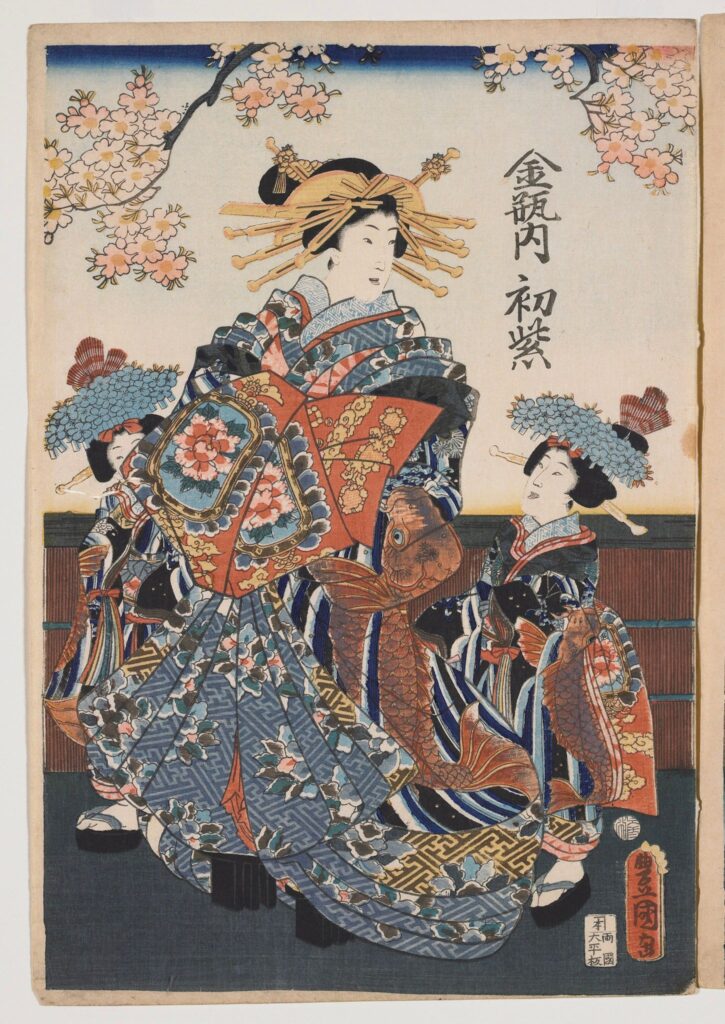
A senior oiran (courtesan) on parade in the Yoshiwara, attended by her apprentice. Colour print from woodblocks © Collection: Frank Milner
By Martin Giles
Have you heard of Edo Pop? You might think it was the name of a 1980s New Wave band but you’d be way out.
Edo is the former name of Tokyo and “Edo Pop” refers to the popular prints “mass produced” by hand and eagerly sought after by fans of Edo’s popular culture.
A single vibrant and colourful print would have only cost the price of a haircut or two bowls of noodles, so these were affordable images bought by a wide variety of people.
A new fascinating and educational exhibition at Watts Gallery, opening today (March 19), gives a rare chance to explore the energy and spirit of 19th century Edo through 50 woodblock prints, on loan from art historian, writer and collector Frank Milner.
Commenting on the exhibition he said: “I have been collecting these prints for nearly fifty years and have them hanging all over my house – they cheer me up.
“I love their modern feel, extremely bright colours, quirky perspectives, as well as their daring and hugely imaginative compositions. We forget that these are Victorian!
“To me it seems no wonder that Van Gogh, Manet, Degas, Lautrec and other artists were completely bowled over when they first saw prints like these in the 1860s and 70s.
“We sometimes think that Japanese prints are mostly about landscape but they’re actually about people and I am mostly interested in the cultural and political side of things. I am delighted to be working with Watts Gallery to share highlights from my collection.”
The posters depict life in Japan which had only opened itself up to the world in 1850s. The prints depicted a time of great change and modernisation when Western influence was starting to be felt alongside traditional Japanese culture.
On display is an intriguing world of urban celebrities, actors, sports champions, fashion icons, sex workers and villains, as depicted by leading printmakers such as Kuniyoshi, Kunisada and Kunichika, the last great master of the Kabuki actor print.
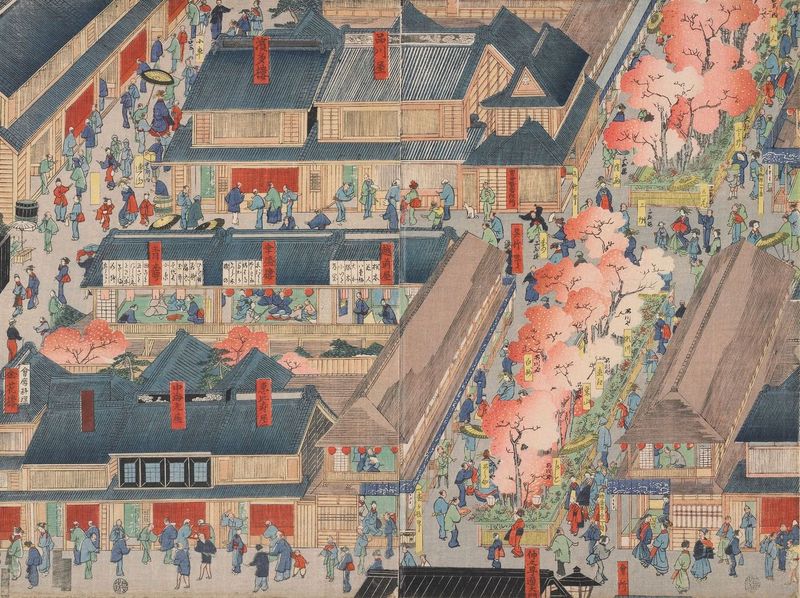
An Edo (Tokyo) street scene. Industrialisation brought radical changes to Britain and many parts of the world in the 19th century but for the formerly isolated Japan it must have been even more revolutionary. ©
Today these prints are considered to be outstanding examples of creativity and technical skill, but when they were first made the Japanese government referred to them as “trivial Edo things”.
Focusing on the period 1825 – 1895, this will be the first public display for a number of these works, which were hugely popular in 19th-century Japan and also in Europe, where prints were collected by artists including Rossetti, Whistler, Van Gogh and Monet.
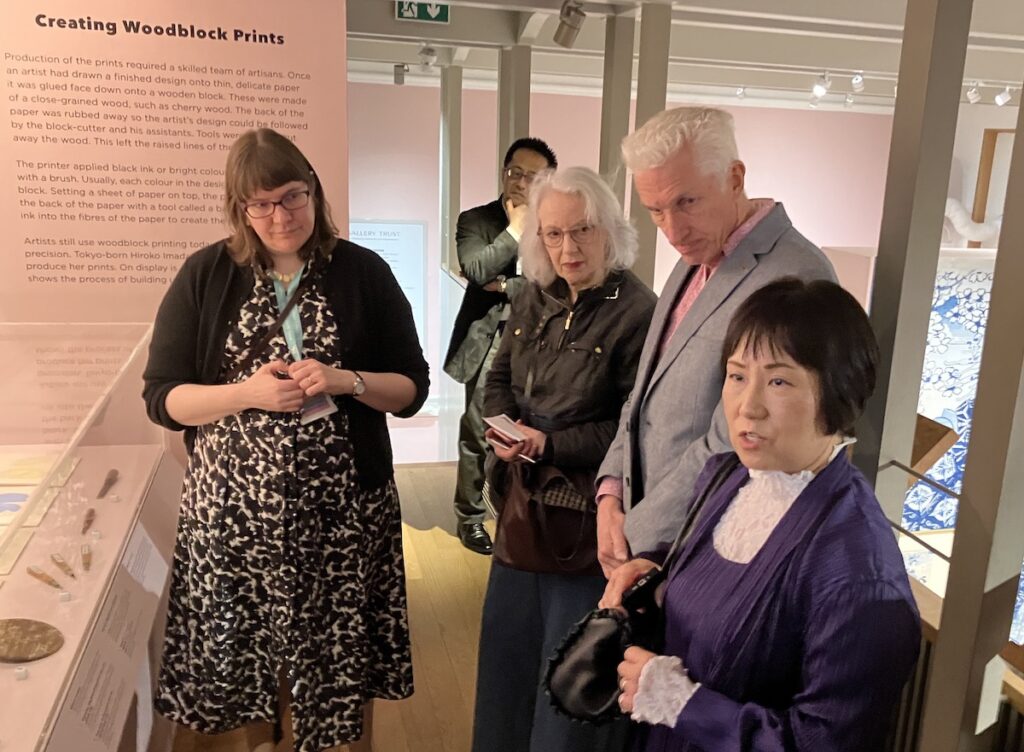
Dr Laura MacCulloch, Head of Collections and Exhibitions at Watts Gallery listens as Hiroko Imada explains the Japanese wood block printing technique…
Demonstrating the enduring influence of this historic process, the exhibition also features new work by artist Hiroko Imada, who has created a site-specific installation in the Sculpture Gallery.
Born in Tokyo (modern-day Edo), Imada has exhibited internationally, including at the British Museum and Coventry Cathedral. Imada’s work commissioned for the exhibition, Sakura saku (‘Cherry blossoms are blooming’) celebrates the natural themes in the 19th-century prints.
Hiroko Imada said: “I feel so privileged to create an installation work and a print work for the Watts Gallery. Like my Slade fellow and great female artist Mary Watts, I have a free spirit and enjoy experimenting with different media.
“Since I was a student, I have been interested in traditional Japanese art techniques that require many years of training. I have learnt Japanese woodblock print, papermaking, folded screen making and hanging scroll making in Japan.
“Cherry blossoms have always meant something special to me. At Watts Gallery, I will present cherry blossoms from my memories and inspired by those in the 19th-century print collection.”
The exhibition will inspire a season of special events and activities across Watts Gallery – Artists’ Village, including talks, workshops, performances and an exhibition of contemporary Japanese prints in Watts Contemporary Gallery.
With its origins in the 8th century when it was used to reproduce Buddhist texts in black and white, Japanese woodblock printing flourished in the 19th century by which time the prints had evolved to become colourful ukiyo-e – images of the floating world ––and they were produced and collected in their thousands.
At this time, Edo was the world’s largest city, a bustling metropolis with more than 1 million residents. The exhibition begins with images of Edo in its 19th century heyday, showing thousands of people from all walks of life enjoying festivals including summer fireworks and acrobatic feats by the rival fire brigades that kept Edo safe.
Celebrity was a key feature of this culture, and prints of star actors, sumo wrestlers, beautiful women and more were amongst the most popular. In fact, 75% of all Japanese woodblock prints from this period were of Kabuki actors.
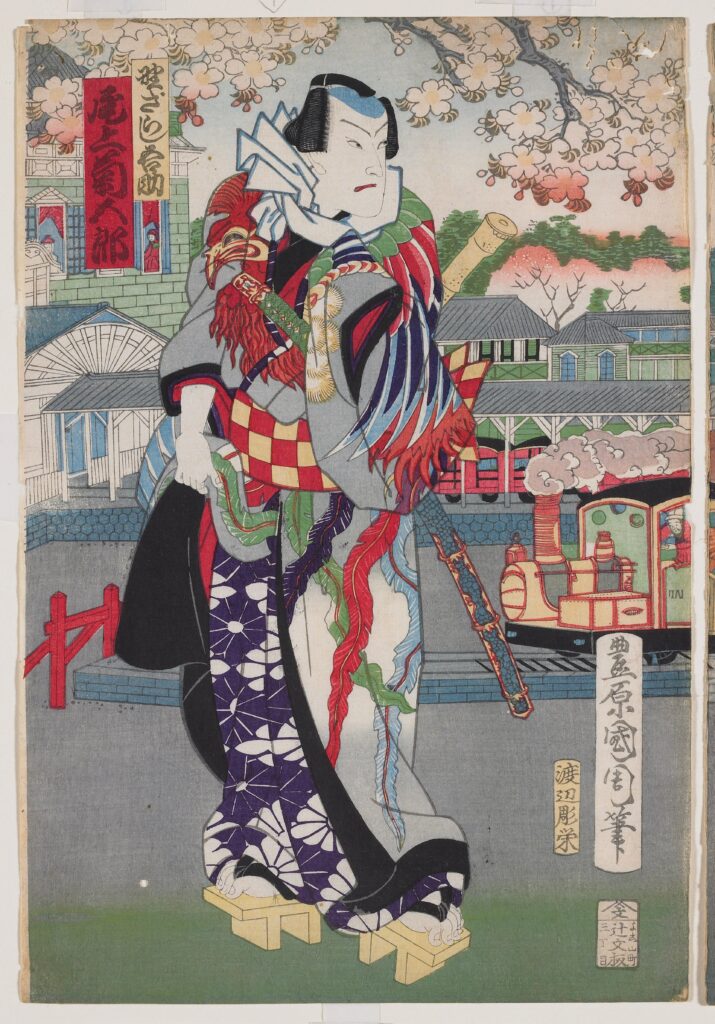
Otokodate, a dashing male hero in Japanese plays and the New Shimbashe Station, 1872, Colour print from woodblocks © Colle
Whilst images of geisha and oiran – the highest courtesans – are well-known by Edo Pop afficianados, this exhibition also includes images of women in more domestic and working roles that will be less familiar, such as Abalone Divers, The Impatient Type, Kaei Era Fireman’s Wife, and 3am Mother with Crying Baby.
 Dr Laura MacCulloch, head of Collections and Exhibitions at Watts Gallery – Artists’ Village, said: “We are extremely excited about this chance to show prints from Frank Milner’s collection. His collection explores the great changes going on in a metropolis on the other side of the world during G F and Mary Watts’s lifetime.
Dr Laura MacCulloch, head of Collections and Exhibitions at Watts Gallery – Artists’ Village, said: “We are extremely excited about this chance to show prints from Frank Milner’s collection. His collection explores the great changes going on in a metropolis on the other side of the world during G F and Mary Watts’s lifetime.
“We are delighted to have commissioned Hiroko Imada to respond to these prints and create new works for the exhibition, particularly as Imada, like Mary Watts studied at the Slade School of Art. This seems especially pertinent as we are celebrating Mary’s 175th birthday this year.”
Edo Pop: Japanese Prints 1825 – 1895 opens at Watts Gallery on 19 March (until 6 October).
Recent Articles
- Guildford Institute’s Crowdfunding Project for Accessible Toilet in its New Community and Wellbeing Centre
- Letter: Guildford – Another Opportunity Missed?
- Letter: GBC’s Corporate Strategy – Where Is the Ambition?
- My Memories of John Mayall at a Ground-breaking Gig in Guildford Nearly Six Decades Ago
- Westborough HMO Plans ‘Losing the Heart of the Street’ Says Resident
- College Invests to Boost Surrey’s Economy and Close Digital Skills Gap
- Community Lottery Brings Big Wins for Local Charities
- GBC Housing Plan Promises ‘A Vibrant Urban Neighbourhood’ Near Town Centre
- Hospital Pillows ‘Shortage’ at the Royal Surrey
- Updated: Caravans Set Up Camp at Ash Manor School


Search in Site
Media Gallery
Dragon Interview: Local Artist Leaves Her Mark At One of England’s Most Historic Buildings
January 21, 2023 / No Comment / Read MoreDragon Interview: Lib Dem Planning Chair: ‘Current Policy Doesn’t Work for Local People’
January 19, 2023 / No Comment / Read MoreA3 Tunnel in Guildford ‘Necessary’ for New Homes, Says Guildford’s MP
January 10, 2023 / No Comment / Read More‘Madness’ for London Road Scheme to Go Ahead Against ‘Huge Opposition’, Says SCC Leader
January 6, 2023 / No Comment / Read MoreCouncillor’s Son Starts Campaign for More Consultation on North Street Plan
December 30, 2022 / No Comment / Read MoreCounty Council Climbs Down Over London Road Works – Further ‘Engagement’ Period Announced
December 14, 2022 / No Comment / Read MoreDragon Interview: GBC Reaction to the Government’s Expected Decision to Relax Housing Targets
December 7, 2022 / No Comment / Read MoreHow Can Our Town Centre Businesses Recover? Watch the Shop Front Debate
May 18, 2020 / No Comment / Read More



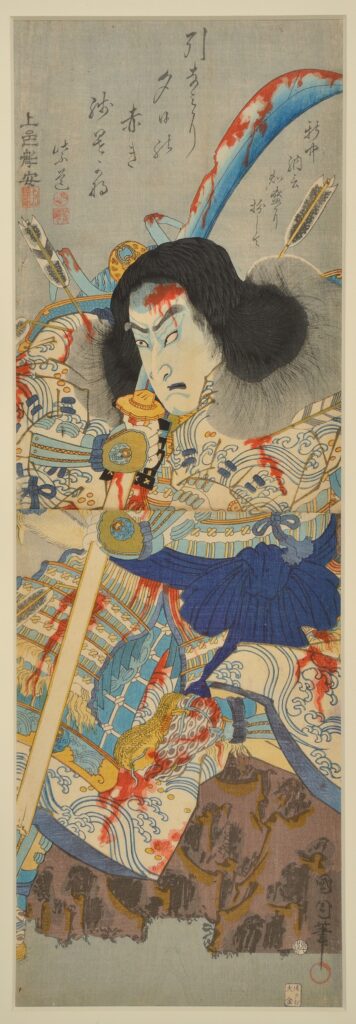


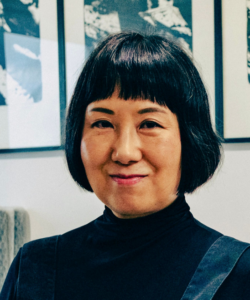






Recent Comments